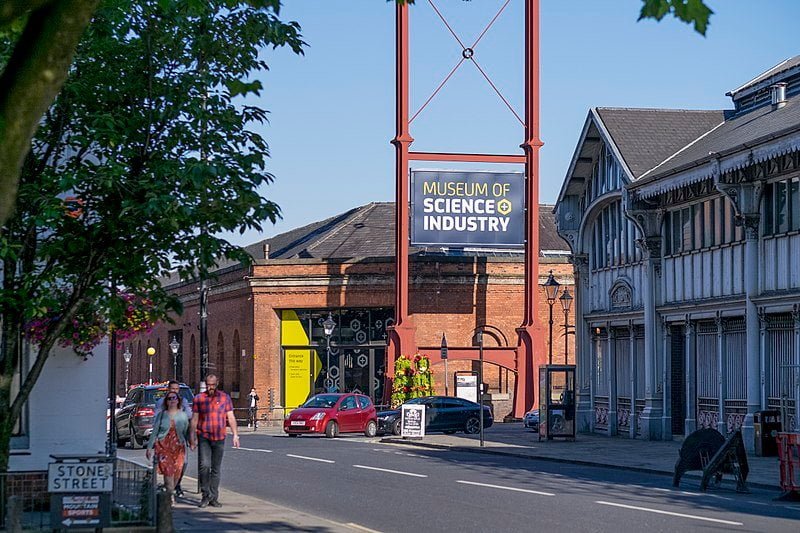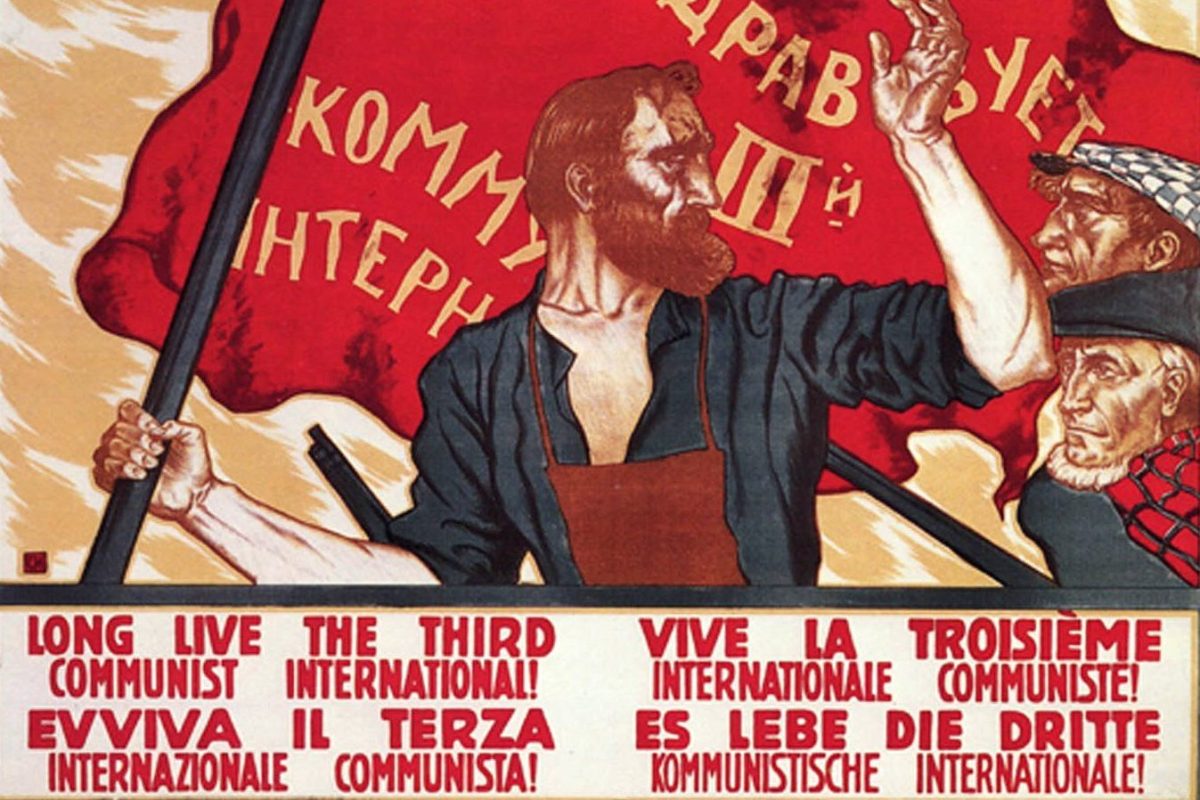We are pleased to publish a report we have received on the recent
annual meeting of the Campaign for Labour Party Democracy (CLPD) held in
London. The CLPD was formed in 1973 as a ‘soft’ left pressure group inside the
Labour Party, concentrating mainly on organisational issues. As such it has
often shown hostility towards those in the party who were characterised as
‘hard’ left, not least the Marxists. In recent years it has tended to become
more marginalized in the party as compared to say the LRC, which has a higher
political profile, and has focused most of its work around the Grassroots
Alliance and its efforts to get members of its slate elected onto the party
National Executive Committee. We have criticised this campaign because, in an
opportunist fashion, they have tended to include both left wingers and
non-Blairite right wingers on a single slate in an attempt to garner more votes
on a ‘never mind the quality, feel the width’ basis. Socialist Appeal welcomes the new mood of intent which was shown
at the meeting and calls for the CLPD, not least in its aim of drafting a new
“Clause IV”, to become more involved in the struggle for socialist policies –
and a leadership to carry it out – and to work more closely with other
socialists in the party and in the unions to achieve this.
Report of The Campaign for Labour Party Democracy Annual General Meeting
By a member of the CLPD
The Campaign for Labour Party Democracy Annual General Meeting was held on Saturday 20th February
and attended by about 60 people. A large majority were older Labour
Party activists but there were a few younger faces. The mood was good
as they were celebrating some victories at last October’s Labour Party
Conference. The most important of these was the introduction of
elections for the National Policy Forum. This was carried with the
support of the trade unions in the teeth of massive opposition and
pressure from the Party leadership. These elections are likely to
favour the left who more and more are winning the individual ballot
elections to the Party’s National Executive Committee. In the elections
for the current Labour Party NEC, of the six seats reserved for
constituency representatives the left won four of them with 60% or more
of the ballots returned. Also the number of CLPD model motions
submitted to last Autumn’s conference was the most for about 25 years.
The CLPD has about 250
activists which has remained steady over the years despite the massive
fall in overall party membership caused by disillusionment with the
Labour Government’s policies. There is a general mood of optimism in
the organisation that the dark days of the left inside the party are
coming to an end and that after the election there will be an
opportunity to rebuild.
Everyone of course was preparing for the elections coming up on 6th of
May. And a lot of speeches were emphasizing how much popular suspicion
there was in the population about the Conservative alternative. Labour
could stiil win if it adopted a radical programme but this was
obviously unlikely to happen. There was also considerable discussion
about what would happen if Labour was defeated and what effect the
forthcoming avalanche of public spending cuts would have on the mood of
local people generally and the public sector unions in particular.
Significantly, a motion was carried at the meeting to open up a
discussion on a new socialist clause for the Labour Party’s
constitution. The old one, Clause Four, had been removed after a major
campaign by Tony Blair after he became leader in the mid 1990s. This
new policy could provide an opening to introduce new socialist ideas
inside Labour.
There was also a special session on democratizing the link between the
unions and Labour. This is opens up the potential of politically
organizing inside the unions.





